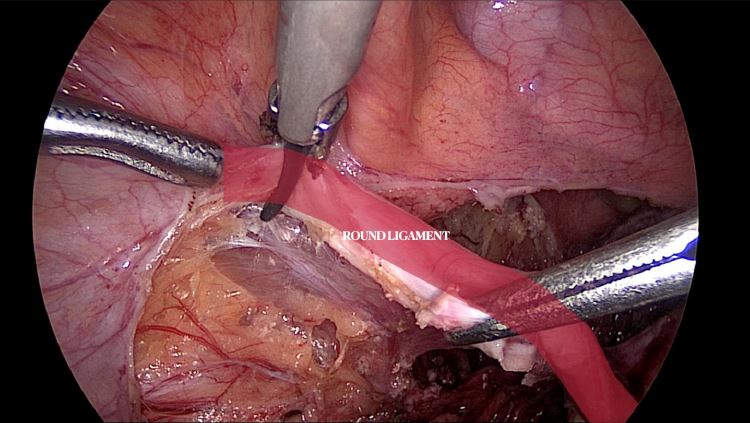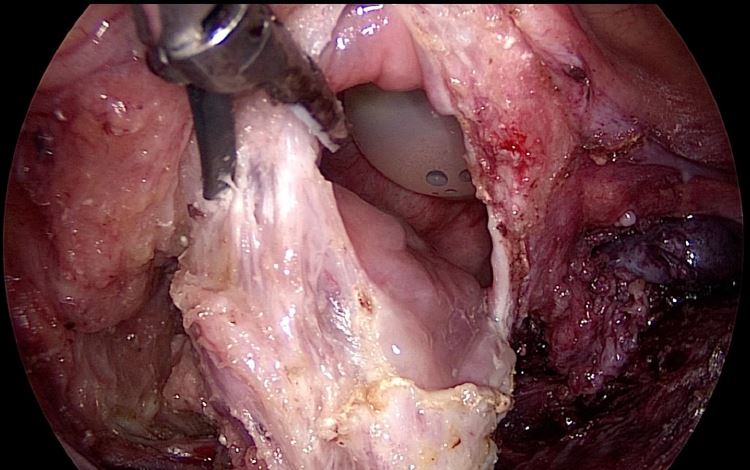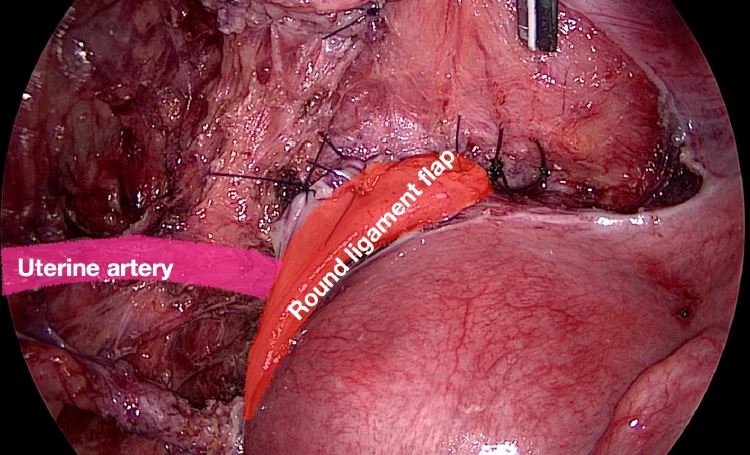Authors / metadata
DOI: 10.36205/trocar2.2023005
Abstract
Deep endometriosis of the urinary tract has an incidence of up to almost 15% in women with endometriosis(1). Most cases involve the bladder in 85% of women and up to 23% affect the ureter. (1)The rate of fistula after endometriosis surgery has been reported by several authors to be between 0-4.4 %. (2)(3) High risk endometriosis cases put women at risk of complications such as the fistula which appear to be related to extent of surgery especially concomitante opening of the bladder, ureter, or rectum and vagina. This video shows an alternative flap using the round ligament as a vascularized proximal interpositional flap for prevention of such complications after extensive urinary tract endometriosis resection. A left parametrectomy, vaginal nodule resection, ureteroneocystostomy, and round ligament flap is performed with a good postoperative result at 6 months. Traditionally, strategies to prevent fistula in high-risk endometriosis cases have employed the use ofomental flap (4). We describe a minimally invasive technique using a round ligament flap after ureteroneocystostomy and vaginal nodule resection as an effective and safe alternative to the omental flap in urinary tract endometriosis.
Disclosures
The authors declare that they have no conflicts of interest and nothing to disclose. This manuscript meets criteria for IRB exemption. No funding was received for this paper.








